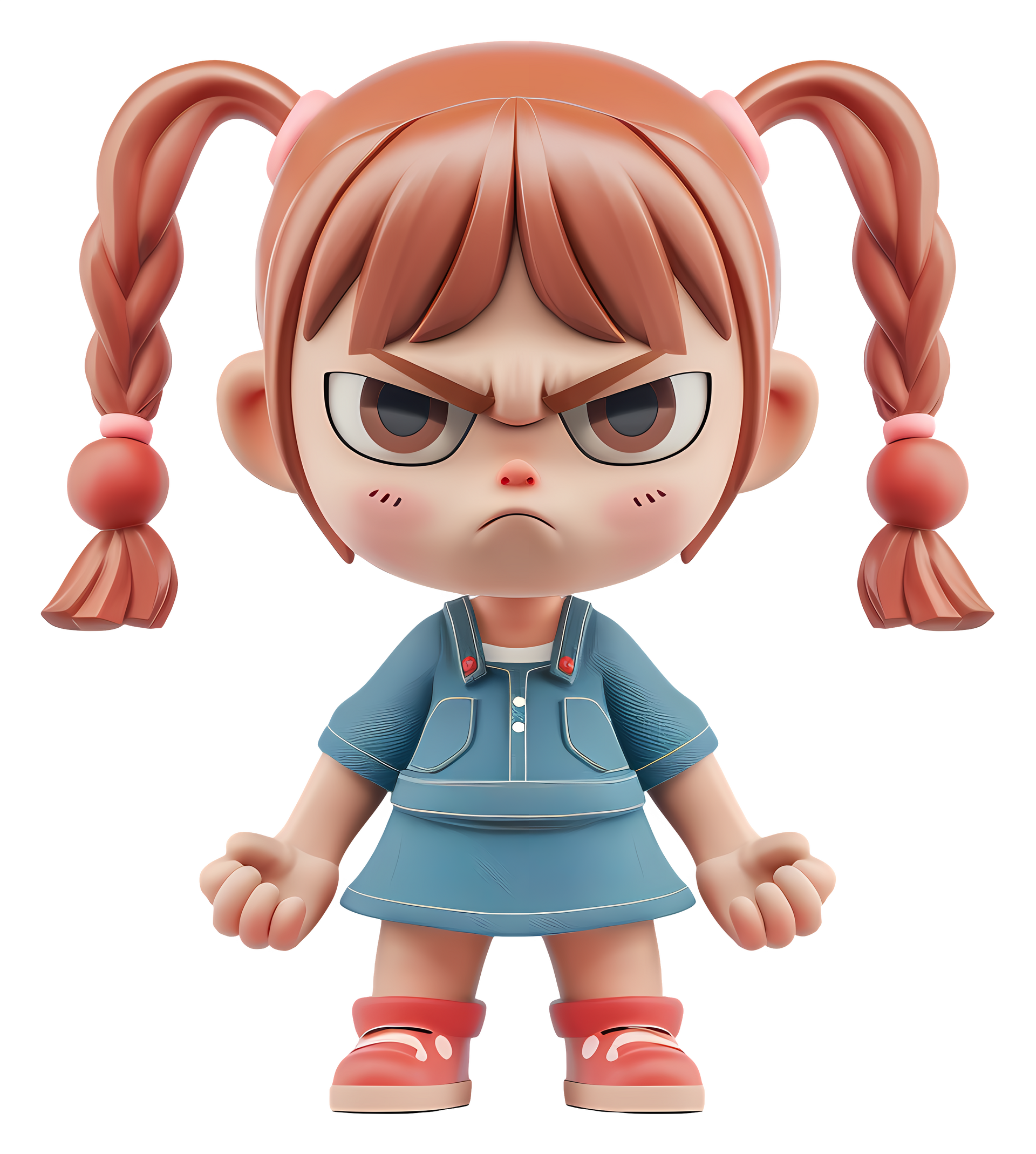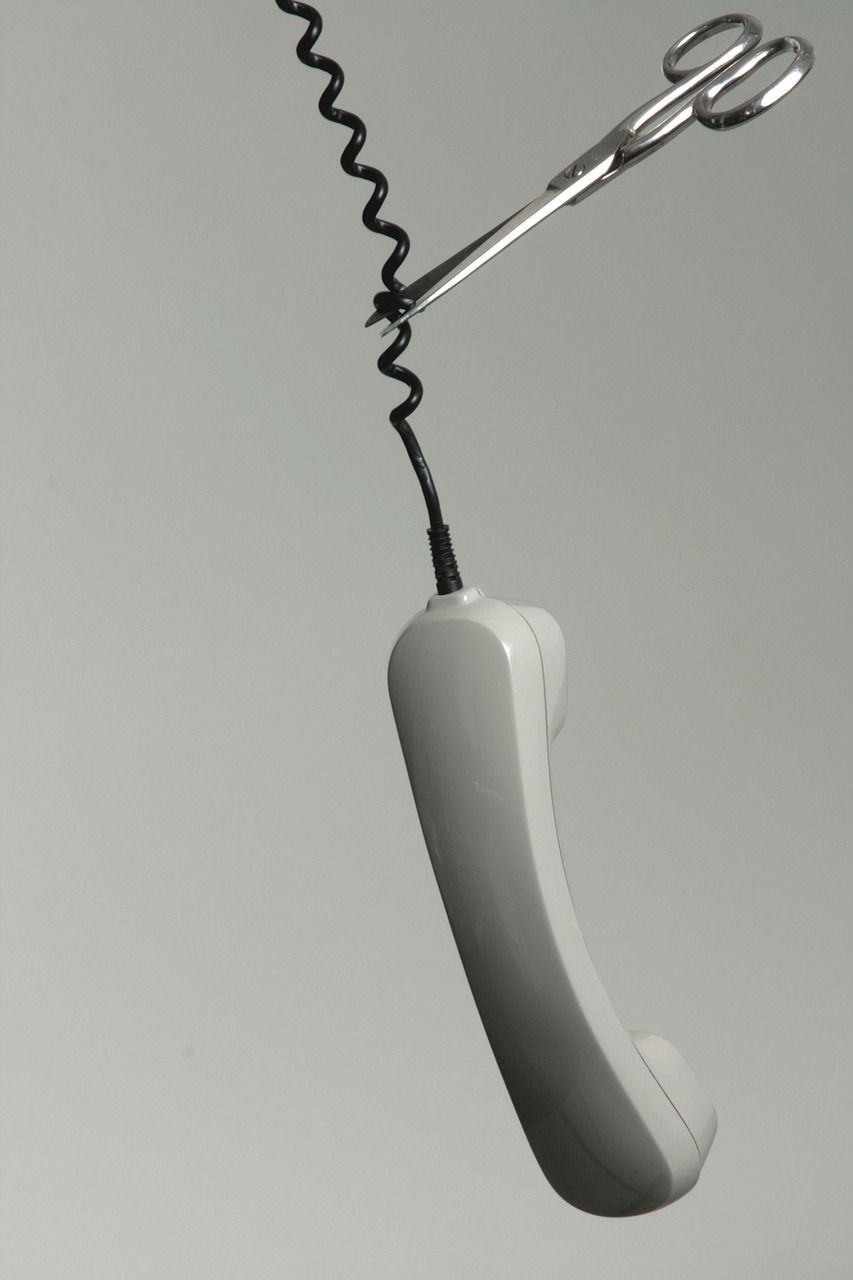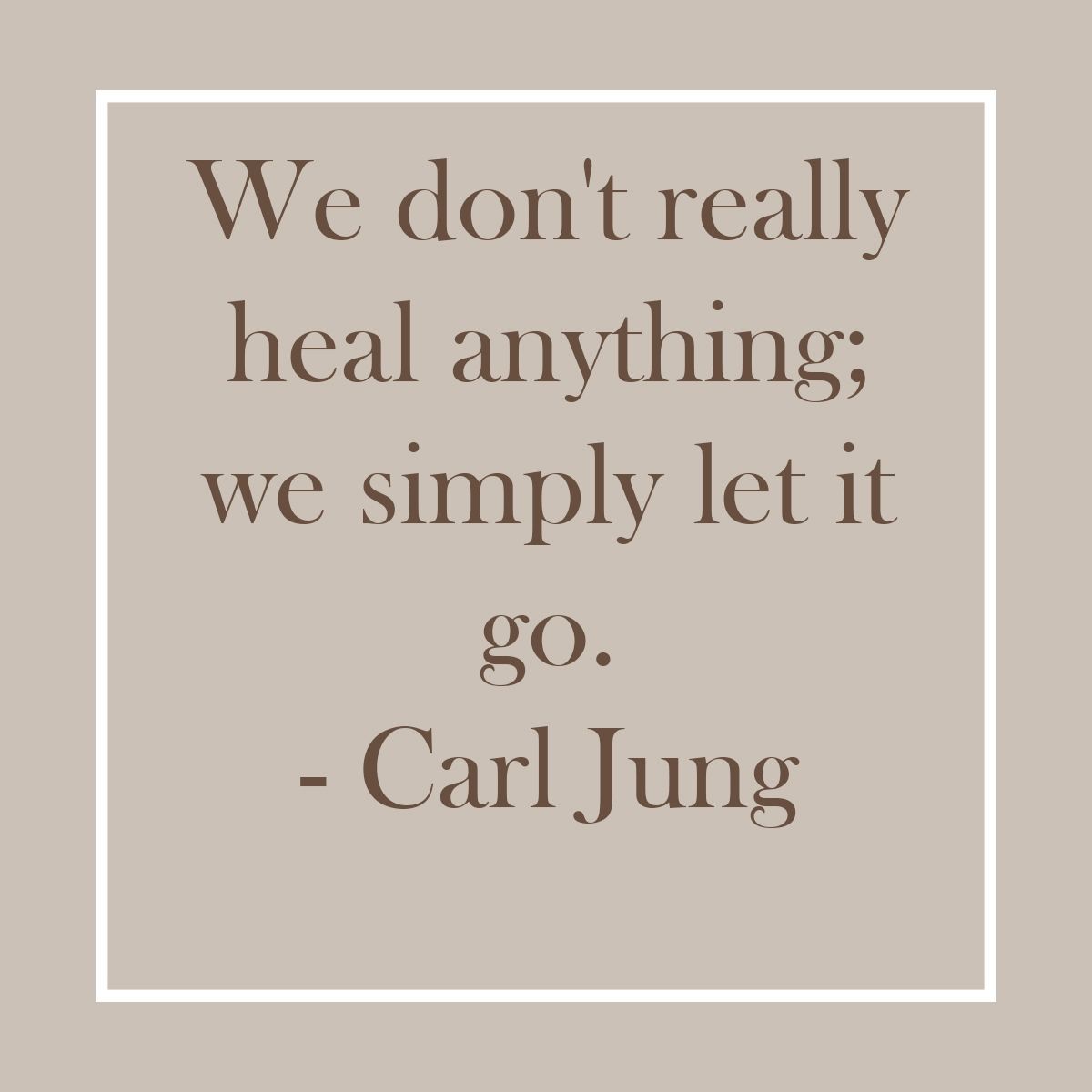Understanding calories
As a response to the obesity epidemic, In March 2011, the FDA made it mandatory in the US for all restaurant chains with more than 20 locations to have the calorie content of all products listed on menus and menu boards. The theory is that if people know how many calories are in the foods they are consuming, they will make better choices to consume lower-calorie alternatives.
Now that the calories have been listed for over a year, the results are coming in and the experiment appears to be a failure. We’re not seeing any significant change in individual consumption, and for those of us in the health and wellness fields, it has left us scratching our heads. Why would people continue to choose such high calorie foods when they know now just how huge a proportion of their daily needs are being supplied by them?
The answer is that most people actually don’t know. The majority of individuals don’t have any idea what their daily needs are, so the numbers on the menus don’t mean anything to them. So for this post, I’m going to put the numbers into perspective.
To begin, it is very important to know how many calories people need to consume each day to maintain their weight. Typically, consuming more will lead to weight gain, and less will lead to weight loss. (Occasionally there are factors at play which would negate either of those assertions, but that will have to wait for another post)
The average woman needs between 1800-2000 calories per day. If she is taller, more muscular, or more active, she will require more. A smaller, older, or less active woman will require less. The average man requires 2200-2600 calories daily. The same adjustments are true for men as they are for women.
That’s the starting point. So now let’s look at some of the most common foods we eat:
- a serving of grain (ex. 1 slice of bread, 1/2 cup cooked pasta, 1/2 cup rice, 1 small tortilla) = approx 100 calories
- a serving of lean meat or alternative (ex. 2 large eggs, 3 oz chicken breast or tofu, 3/4c beans or lentils) = approx 150 calories. 3oz lean ground beef = approx 200 calories; fattier cuts of meats have more calories.
- 1/2 cup of most fruit or 4oz juice = 60 calories
- 1 cup of most non-starchy vegetables (ex peppers, broccoli, cauliflower, zucchini etc) = 30 calories
- 1 oz most hard cheeses = approx 110 calories
So a balanced lunch of a simple sandwich with 2 slices of bread, a serving of meat, an ounce of cheese, with some veggies on the side and some juice to drink would be around 550 calories; or about 1/4 of most people’s daily needs.
Restaurants are rarely so simple. Take a typical McDonald’s meal:
- Quarter Pounder with Cheese = 520 calories
- Medium fries = 380 calories
- Medium Coke (21 fl oz cup) = 210 calories
So we’re already looking at 1110 calories! Over half of what most people need for the entire day being consumed at one meal. And what if you had a large fry instead? That’s 500 calories. Or how about the eggnog shake that’s so popular at this time of year? A small (12 oz) is 540 calories, while a large (22oz) is a whopping 830 calories! Before you know it, a “simple” lunch could supply you with enough calories for the whole day.
I used McDonald’s as an example because it is quite typical of most fast food places. Sit down restaurants are even worse because they not only cook with more fat than we would at home, but the portion sizes are easily double what one should normally consume at a sitting.
And don’t forget the liquid calories…they can make a huge impact as well. A medium (14oz) double double coffee at Tim Horton’s has 210 calories. That’s 10% of all your calories for the day in one drink. Have 2 or 3 a day? You’re looking at a significant percentage of calories coming from those 15 minute coffee breaks.
I could go on. With the number of meals eaten outside the home increasing every year, it’s honestly no wonder to me that North Americans are getting heavier and heavier. Restaurants are competing for our business by making our meals as tasty (ie. fatty and salty) as possible, and by providing us with value for money (ie. supersized portions) to keep us coming back. They’re not in it for our health. I wish it were as simple as just saying that we should all home-cook all of our meals, but we’re not all fortunate enough to have the time or skills to do so (though I believe where there’s a will there’s a way). So understanding food, calories, and portion sizes is critical if eating out is to be a regular part of our lives.
So read the menus; look at the apps; use the information available to you to make smarter decisions to live a healthier life. No one else is going to do it for you.













